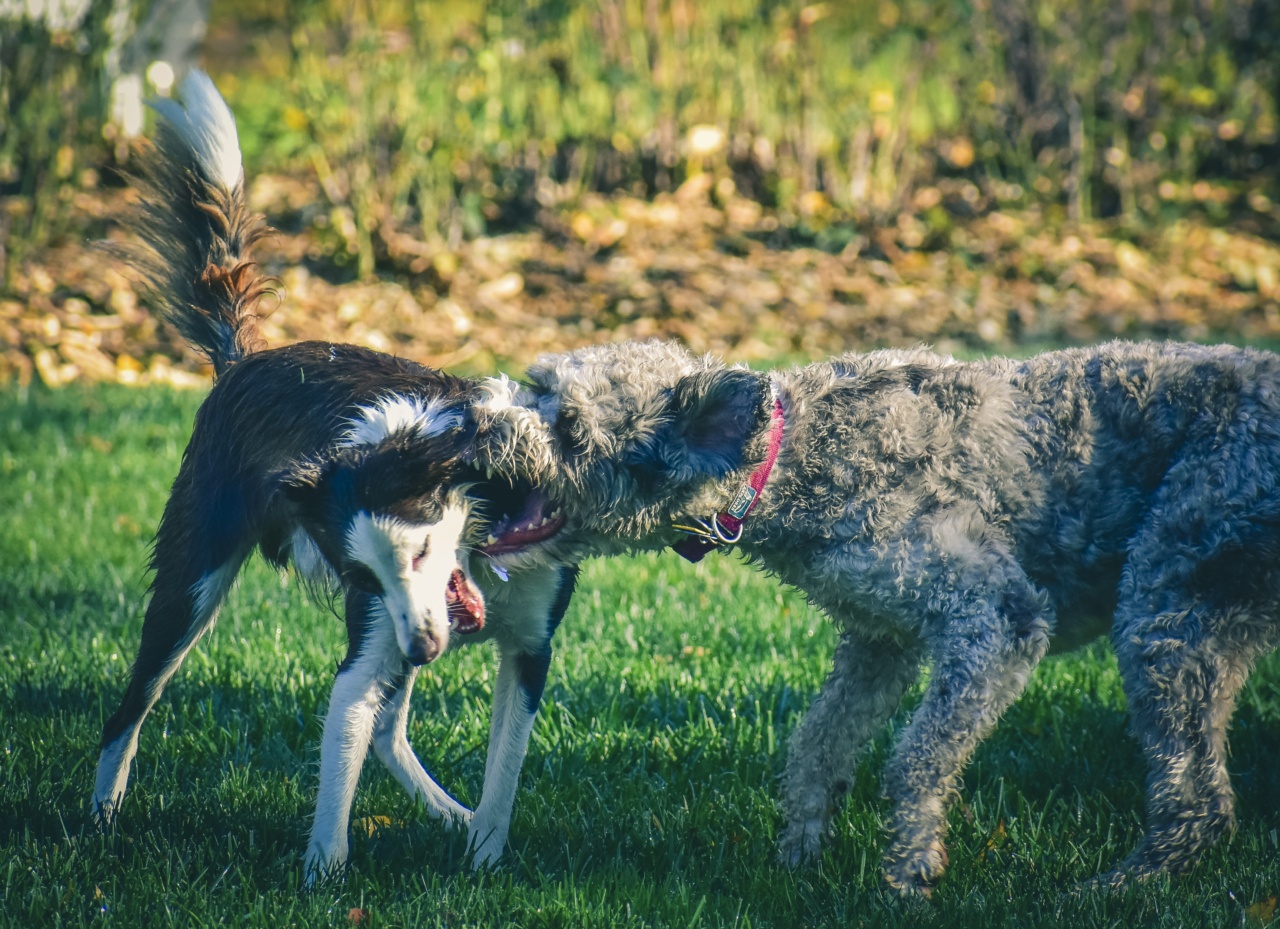Having a dog as a pet is one of the most rewarding things that you can experience. They provide great companionship, loyalty, and security to their owners. However, some dogs can exhibit aggressive behavior, which can be a major problem.
There are various factors that may contribute to dog aggression, some of which are discussed below.
1. Genetics
Research has shown that genetics plays a significant role in dog aggression. Some breeds such as Pitbulls, Rottweilers, and Dobermans are known to be more aggressive than other breeds.
However, dogs with no breed-specific genetic tendencies can also exhibit aggression. Therefore, it’s essential to be familiar with your dog’s breed and take precautions when necessary.
2. Socialization
Proper socialization is vital when training a dog, especially when they are young. It helps them develop appropriate behavior, social skills, and reduces aggressive tendencies.
Dogs that aren’t exposed to different people, animals, and environments are more likely to have difficulty relating to new situations and act aggressively.
3. Training and reinforcement
The way you train and reinforce your dog’s behavior can affect their level of aggression. If you reward aggressive behavior, like biting, your dog is likely to repeat it in the future.
Positive reinforcement is an effective training technique that rewards desirable behavior rather than punishing undesirable actions.
4. Health Issues
Poor health, illness, or pain can make a dog more aggressive. A dog may act aggressively if they have a medical condition that’s causing them pain or discomfort.
It’s essential to take your dog to the vet, not only for routine check-ups but if they exhibit sudden behavior changes or signs of irritability and aggression.
5. Fear and anxiety
Dogs can experience various fears and anxiety, such as separation anxiety or loud noises. Dogs that are afraid of other dogs, strangers, or loud sounds are more prone to aggressive behavior.
To address this issue, you can use positive reinforcement and other training techniques to desensitize your dog and prevent aggression.
6. Lack of exercise and playtime
Dogs need mental and physical stimulation to thrive. When dogs don’t get enough exercise, they may become bored and frustrated. This boredom can lead to destructive behavior and aggression.
Regular exercise, playtime, and walks can help prevent aggression and improve a dog’s mood.
7. Owner behavior
One of the leading causes of dog aggression is the behavior of owners. Dogs that have owners who act aggressively, abuse them, or neglect them can become aggressive as well.
It’s essential to treat your dogs with kindness and respect and model the appropriate behavior for them.
8. Territoriality
Some dogs may exhibit aggressive behavior to protect their territory. This behavior is common in dogs bred for guarding, such as Rottweilers and Dobermans.
Dogs that believe they are responsible for guarding their home or owners may become aggressive towards strangers or other animals.
9. Resource guarding
Resource guarding is when a dog becomes aggressive towards other pets or humans to protect their food, toys, or other valuables.
This aggression can escalate if corrective measures are not taken, and it’s essential to address this behavior in the early stages.
10. Positive reinforcement of aggression in the environment
Situations that put negative reinforcement on the dog such as constant teasing, bothering, or provoking can lead to learned aggressive behavior. It is important to monitor your dog and the environmental factor that may influence them negatively.


























